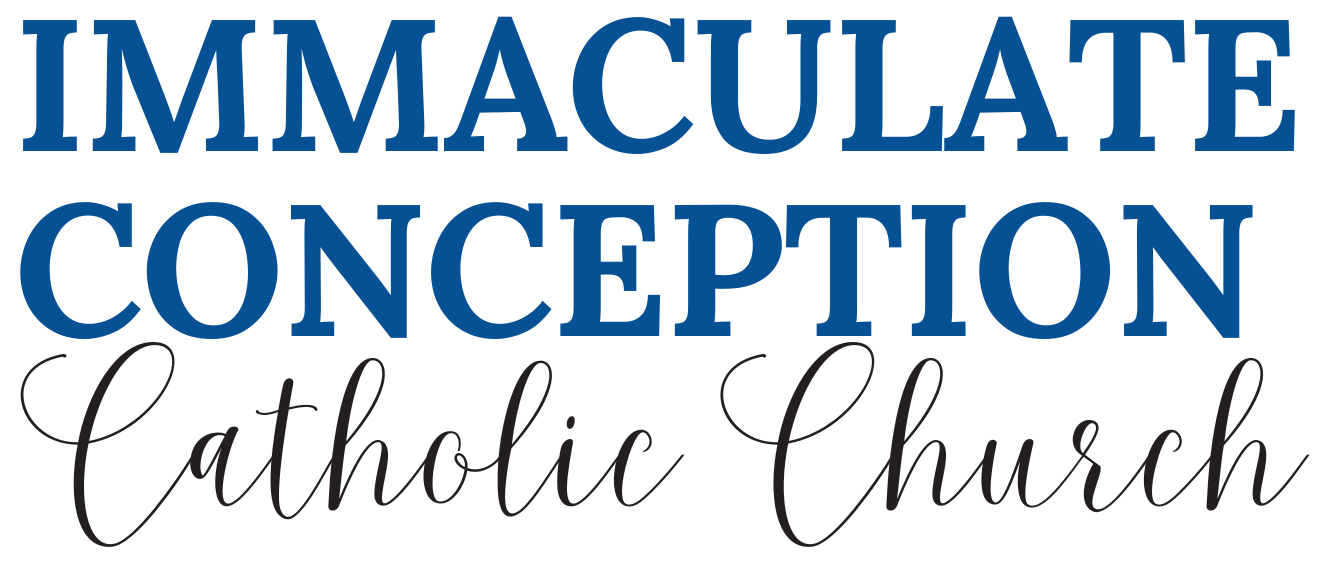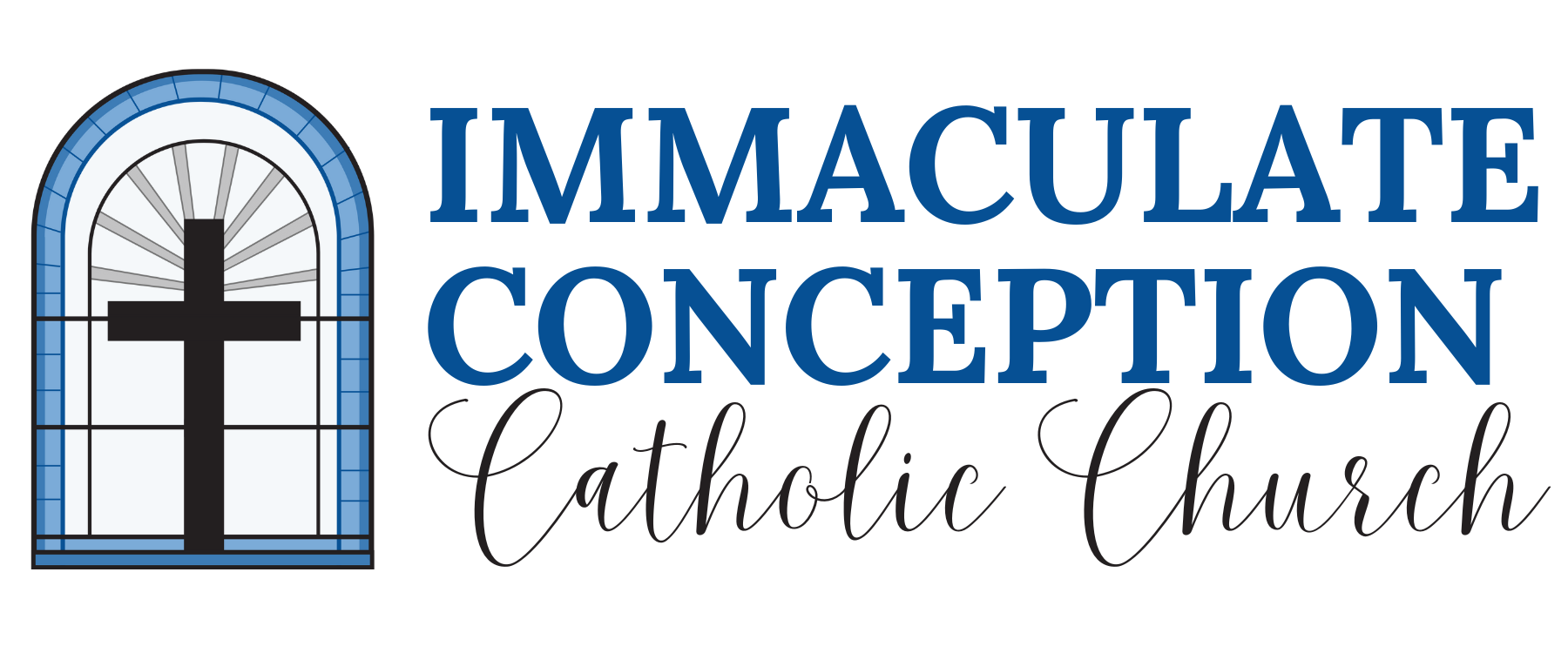
New Title
The Early Church 1903-1950
Previous to the autumn of 1903, the Catholics of Stayton - about fifty households in all - attended Mass at St. Boniface Church in Sublimity. In those days, it was a long trip to Sublimity each Sunday to attend Mass. The roads were poor, and in winter they were often nearly impassable. It was particularly difficult for the young families. As more Catholics located in Stayton, they began to think of a parish of their own. On February 17, 1903, a small group of Catholic men, George Spaniol, Andrew Fery, Emil Forrette, B. Weinrich, John Spaniol, John Brown, Theodore Gehlen, Joseph Zuber, Dr. Charles Brewer, Peter Freres, Nick Geymer and E.D. Alexander met in Stayton at the old Daisy Hall located in the Streff Building, to discuss the possibility of building a church in Stayton.
As the planning for a Stayton church commenced, an offer of four acres by Theo Gehlen Sr. was accepted. John Spaniol and Mr. Gehlen, were appointed to broach the subject with Archbishop Alexander Christie of the Archdiocese of Oregon City (changed to Portland in 1928). Mr. Gehlen and Mr. Spaniol found the Archbishop not in agreement with them, and even after several more trips they made found him unrelenting. On their last trip, Mr. Gehlen was stricken with a sudden illness and died, at which time George Spaniol was appointed to take his place. When Archbishop Christie refused to give permission for a church to be built in Stayton, the small group of disciples decided, "They would build the church anyway, and then ask the Archbishop to accept it."
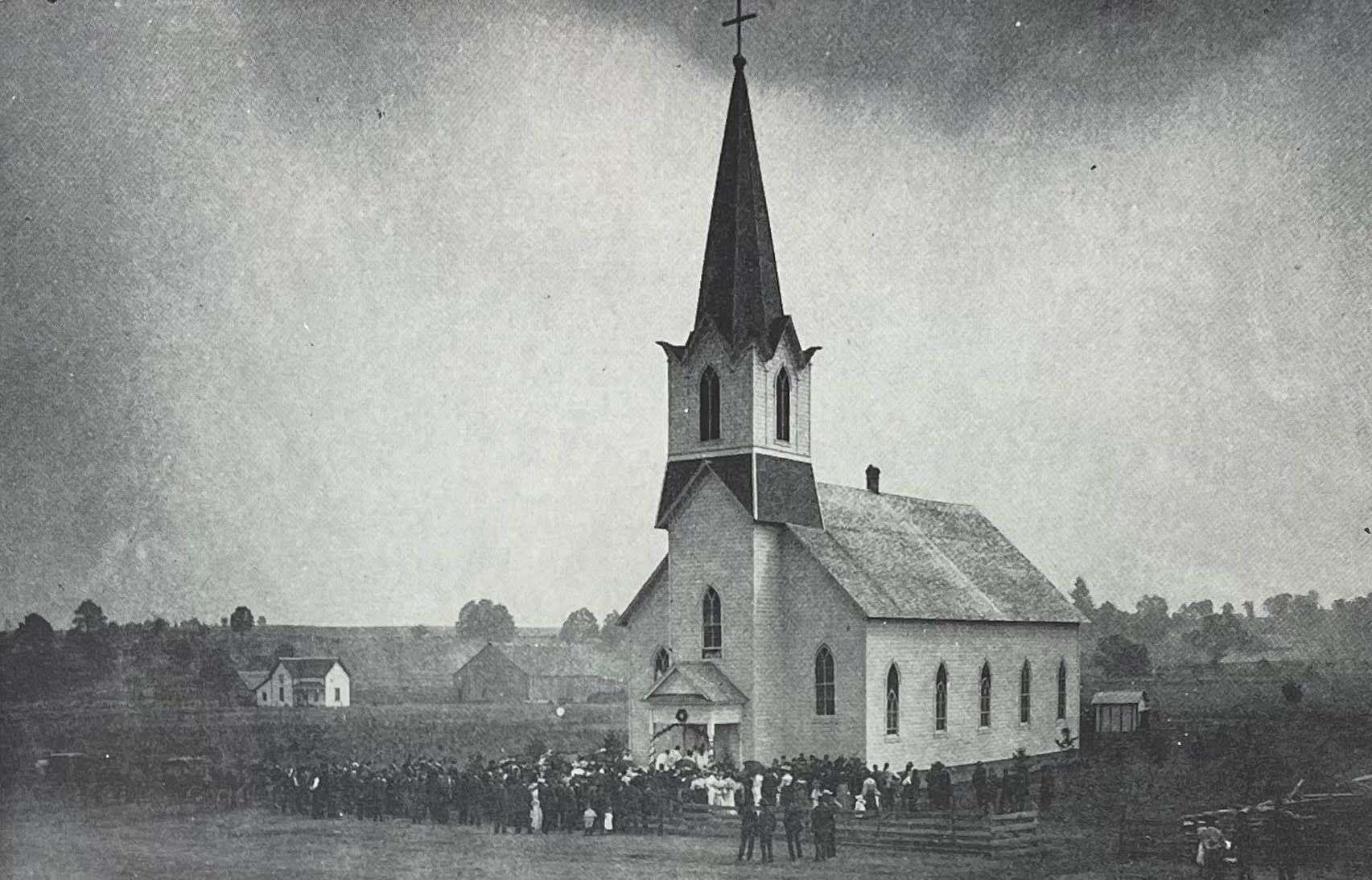
A group of four - John and George Spaniol, Dr. Charles Brewer and Andrew Fery - became the charter members appointed as the steering committee for the construction. This group, with help from Cornel Silbernagel, Nick Fehlen, Joe Fery, Ed Goeders, Barney Pape and Herman Marking, was the major force in the building of the church. It was John Spaniol who suggested that the new parish have the title of "Immaculate Conception." The Spaniol family had all found comfort in the beautiful prayer that proclaimed Our Blessed Mother's purity. When the name was accepted, Mr. Spaniol donated the Immaculate Conception statue to the new parish.
Prayer of the Immaculate Conception
O God, who by the Immaculate Conception of the
Blessed Virgin Mary, didst prepare a worthy dwelling place
for thy Son, we beseech thee that,
as by the foreseen death of this, thy Son,
thou didst preserve her from all stain,
so too thou wouldst permit us,
purified through her intercession, to come unto thee.
Through the same Lord Jesus Christ, thy Son,
who livest and reignest with thee
in the unity of the Holy Ghost, God, world without end.
Amen.
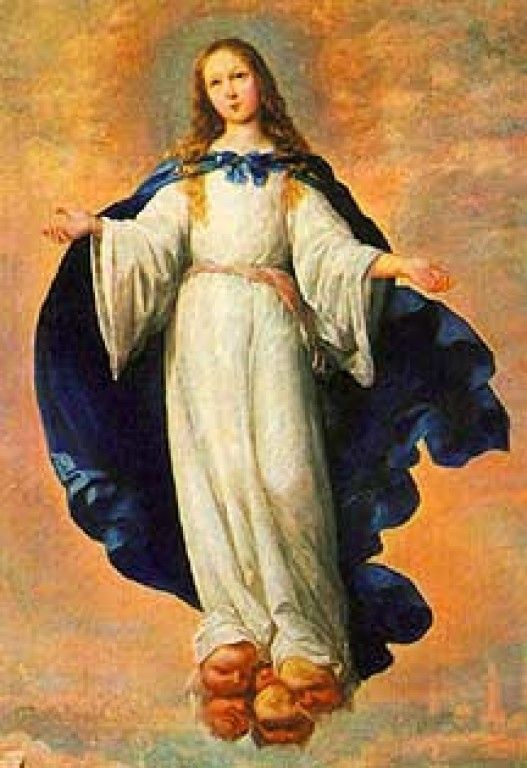
Andrew Fery designed the church, which measured forty by seventy feet. Jordan Jungwirth, because of his ship-building experience, along with Cornel Silbernagel, Nick Fehlen, Joe Fery, Ed Goeders and Barney Pape built the steeple, which measured ninety-seven feet tall to the ball just below the six by nine foot cross. With the church built by the parishioners, upon dedication the parish was free from debt. However, at a price tag of $5000, the members found they had no money for the furnishings. A meeting was called and it was determined that each family should purchase its own pew. Orders were given to Lee Brown & Sons of Stayton, and a price set for $11 each. The organ was a gift from Peter Freres.

The construction was finally completed on August 14, 1904. Rev. E. O'Hara (under delegation by Archbishop Christie) dedicated the church. Rev. O'Hara, Rev. Frobein of Mt. Angel and Rev. Anthony Lainck of Sublimity, assisted by Rev. Seroski of Sublimity conducted the services.
High Mass was celebrated and a large number of members and guests attended. The choir rendered excellent music during the services, while the Stayton Band played before and after the dedication.
Families of record at this time included: Forrette, Spaniol, Streff, Mertz, Geymer, Gassner, Maertz, Giesler, Pietrok, Weinrich, Behren, Heidierer, Boedigheimer, Bieneman, Freres, Trotter, Rock, Polreis, Neibert, Matthieu, Funk, Fery, Alexander, Brewer, Gehlen, Klecker, Kerber, Frank, Braun, Goeders, Marking, Deidrich, Pape, Minten, Neitling, Zuber, Schmitz, Senz, Fehlen, Rauscher and Silbernagel.
Immaculate Conception Church then began as a dependent parish, and was attended by Father Anthony Lainck of St. Boniface. The first baptism recorded was that of Anna, daughter of John and Mary Pietrok Mertz, born November 7, 1903, and baptized the following year.
The first marriage was of Susan Streff, daughter of Mr. and Mrs. Michael Streff, to Herman Marking on June 10, 1908. The church purchased a strip of land running north and south along side Lone Oak Cemetery from Lydia and O.J. Ruble in 1914 for use as a church cemetery. In 1915 Joseph Hirzsiefen was the first person to be buried in the cemetery.
A 14-foot by 24-foot sanctuary was added in 1922 because of the increase in the number of parishioners.
Father Lainck served as the pastor of Sublimity and Stayton for the next 23 years.
His horse and buggy traveling between the two towns was a familiar sight. Though at first he doubted the wisdom of a church at Stayton, he later became a strong proponent. After visiting his birthplace in Graes, Westphalia, Germany, for the first time since 1892, he returned with a recurring illness that hospitalized him for many months. He never rallied, and passed away calmly in Portland on June 11, 1927.
The Stayton Mail of June 16, 1927, echoing the sentiment of all who knew Father Lainck, wrote: "During his long residence in this community he made for himself hosts of friends, both inside and outside the church. He was a constant and conscientious worker for the temporal as well as the spiritual welfare of his people. His sound advice and counsel were frequently sought and found beneficial.
He was intelligent and broad-minded, and his death is a distinct loss to this section of the state... Not only members of his Church will keenly feel his loss, but also by many to whom he had endeared himself by his genial manner, his cheerful and kindly disposition and his strength of character. His was a life full of helpfulness and kindly feelings, so that while serving his Master he also served his fellow men."
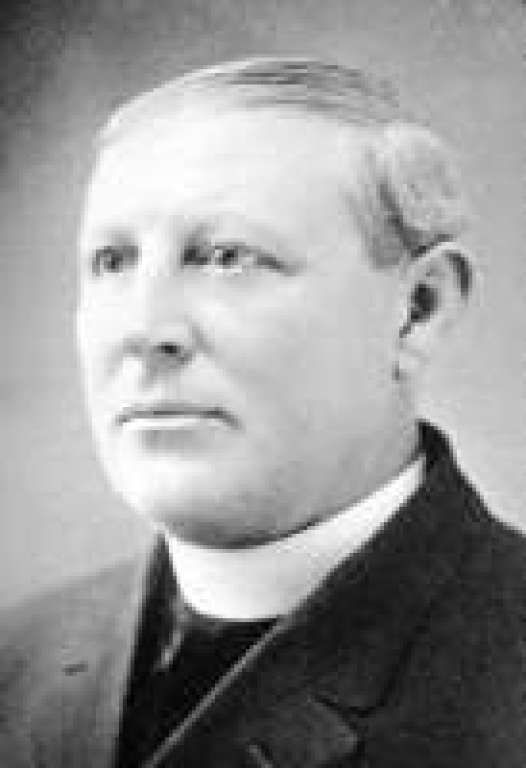
Father Lainck
Church Address
1035 N. 6th Ave
Stayton OR 97383
Office Address
540 E. Elwood St.
Stayton OR 97383
Mailing Address
1077 N. 6th Ave
Stayton OR 97383
Office Hours

Quick Links
Immaculate Conception Catholic Church - All Rights Reserved - Powered By LPi

